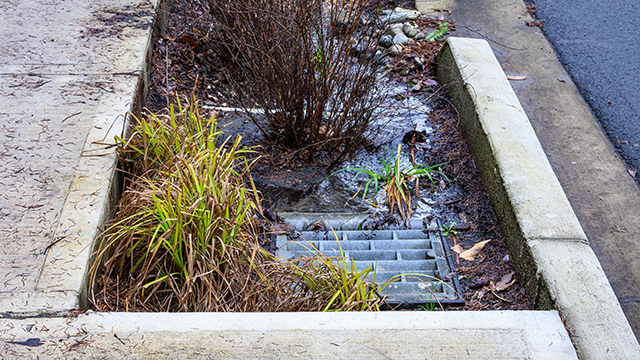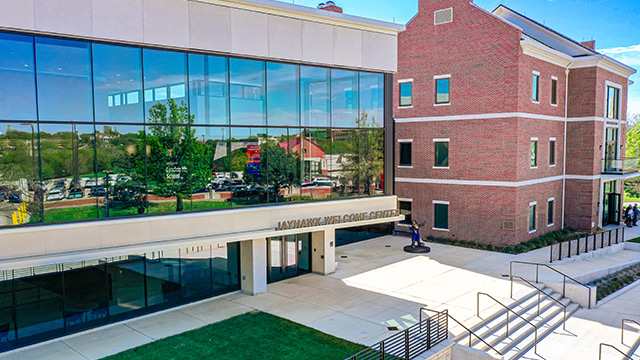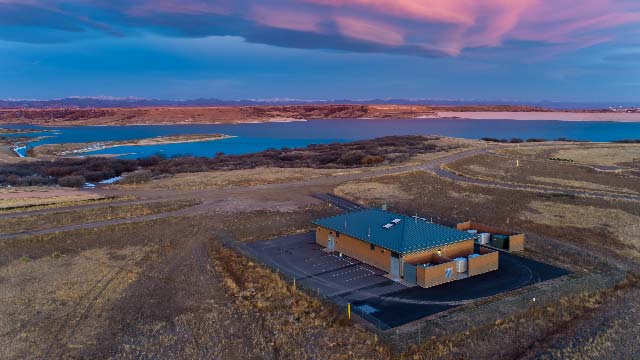The advantages of deploying microgrids are abundant, with sustainability and reliability leading the charge. These are easy to communicate on a community level, but have more specific benefits when installed at military applications. Following on from U.S. Department of Defense (DOD) initiatives aimed at deploying more renewable energy, the cost-savings, distributed energy resource (DER) applications and energy security benefits be gained cannot be overlooked.
Microgrids Save Money
According to a recent study by The Pew Charitable Trusts, the DOD could save up to $1 billion by installing microgrids and renewable power on military bases. The analysis noted that a large-scale microgrid is more economical to design, build and maintain than commissioning stand-alone backup generators and can save a base millions of dollars over the course of its expected lifespan. Additionally, DOD could save another $1 billion annually by aligning energy efficiency goals with those in the federal and commercial sector that are going above and beyond current regulatory requirements.
A microgrid solution would enable an installation to generate its own power, which would result in cost-savings from avoiding reliance on a local utility for power. Energy rates can be unpredictable and are based on variable market factors such as availability and demand, so military facilities would benefit from long-term price certainty by producing their own energy.
Best-in-class microgrid applications operate under a consolidated control and energy management system that utilizes smart meters. Advanced sensoring and metering data can analyze power flows to identify opportunities to optimize energy use, taking peak demand into account. These smart technologies also communicate asset performance in real time to inform decision making and prevent costly unplanned maintenance.
Black & Veatch designed and built a microgrid that provides enough clean energy to run the company headquarters’ 12,000 square-foot Rodman Innovation Pavilion. The microgrid system generates electricity through a combination of natural gas, solar energy, geothermal and battery storage and is managed through ASSET360™, the company’s cloud-based analytics platform. ASSET360™ collects data from the system and monitors both the performance of each component and the overall integrated system in real time. ASSET360™ calculates generated energy and usage, and provides insights into energy savings. This information enables Black & Veatch to model different energy generation scenarios for system optimization.
For military facilities required to be “always on,” microgrids can provide physical security and protection against cybersecurity risks. By not having to rely solely on a larger regional grid that may be more averse to compromises, on-base missions can continue uninterrupted.

Microgrids Allow More DER Deployment
Microgrids allow for more renewable energy resource deployment, such as solar photovoltaic (PV), wind power and battery storage. Given the DOD’s commitment to deploying 3 gigawatts of renewable energy by 2025, mechanisms that can make distributed energy resources (DERs) easier to install and control can help facilitate meeting these goals.
Military bases such as Marine Corps Air Station (MCAS) Miramar are leading the charge in integrating a variety of DERs in their microgrid design. The project will incorporate new and existing resources that include 1.6 MW of solar PV, 3.2 MW landfill gas and 6.45 MW diesel and natural gas power plant for a diversified power mix.
Microgrids Bolster Energy Security
Military bases require reliable and resilient power to accommodate a variety of missions. From training to research and development, energy security is vital for DOD facilities worldwide. By integrating DERs, military bases gain from added resilience in the case of an outage or attack to the local grid.
Microgrids can be designed for scalable levels of resilience. Depending on requirements for critical loads, controls can be put in place for several tiers of service. Utilizing a central control and energy management system enables active islanding in the event of a power disruption. A command operations center can direct DERs, including storage, to appropriate facilities to balance electric loads.








